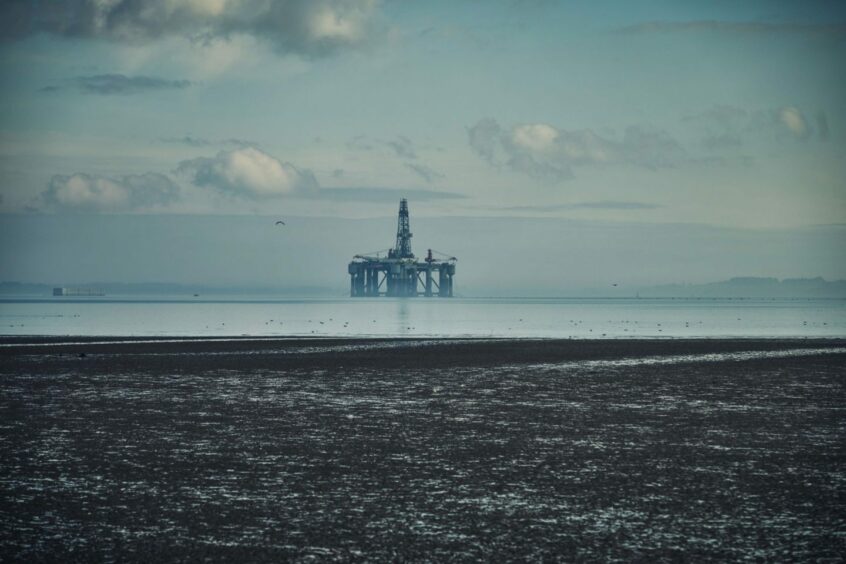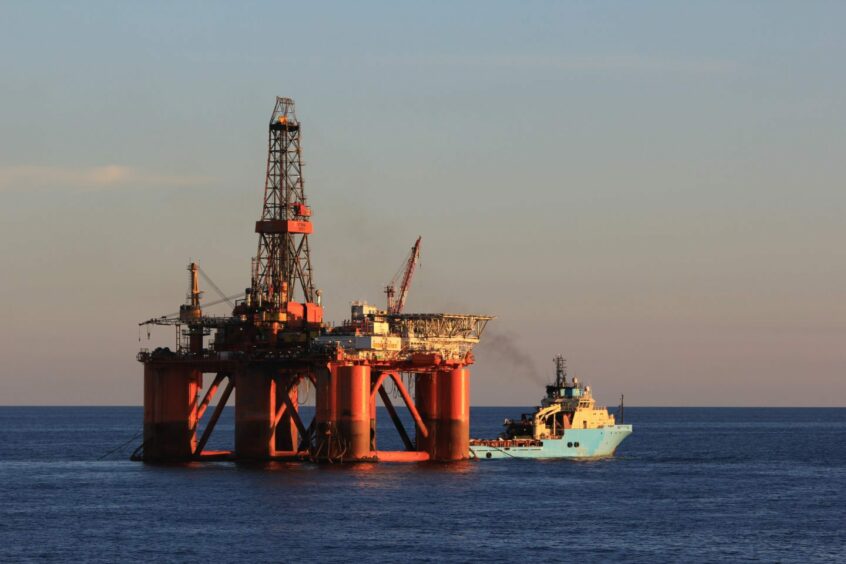
Day rates for securing drilling rigs are being forecasted to rise further as the oil and gas sector continues its bounce back.
Research from Wood Mackenzie finds that the utilisation rate for units has returned to pre-Covid levels, causing rates to rise by 40% in the last year.
And they are showing little sign of slowing up, with the consultancy predicting that demand for rigs will rise by another 20% from 2024-25.
Before the end of the year, “highly-prized, advantaged ultra-deepwater rigs” could be commanding a day rate of $500,000, WoodMac said, while the cost for hiring general floating units is tipped to rise by 18%.
In the first half of 2023 alone “benign ultra-deepwater rigs” have averaged $420,000 a day, with utilisation at 90%.
Leslie Cook, principal analyst for WoodMac, said: “With increasing demand and rates, we are approaching the tipping point for new builds and reactivations.
“We haven’t reached it yet, but for new builds, it’s not a question of if, but when. The need for decarbonisation, technological advancement, more efficiency and, ultimately, fleet replacement will drive a new cycle. If rig economics remain robust and rig companies see contractual risks abate, this could be sooner rather than later.”
Forecasts coming to pass
Murmurings of an upcoming supercycle in rig day rates were already underway in early 2022, sparked by Russia’s invasion of Ukraine.
Energy security was rocketed to the top of many countries agenda, and a subsequent surge in oil and gas prices gave impetus to projects across the globe.
After an industry downturn in which many rigs were sent for scrap, demand quickly ate up what supply there was.
According to the WoodMac report – “Are we at the tipping point of the deepwater rig market?” – active floating rig utilisation has rebounded from a low of 65% in 2018, to over 85% in 2023.
Moreover the number of contracted ultra-deepwater benign rigs has returned to pre-Covid levels, while day rates for best-in-class floaters have doubled in the past two years.
WoodMac expects that growth to continue, spurred on by the “Golden Triangle” of Latin America, North America and Africa, as well as parts of the Mediterranean.
According to predictions from the consultancy, these areas will account for 75% of global floating rig demand through 2027.
Ms Cook said: “Higher oil prices, the focus on energy security and deepwater’s emissions advantages have supported deepwater development and, to some extent, boosted exploration.
“Active supply is now more in line with demand and rig cash flows are positive. We expect demand to continue to rise.”

 © Supplied by Stena Drilling
© Supplied by Stena Drilling